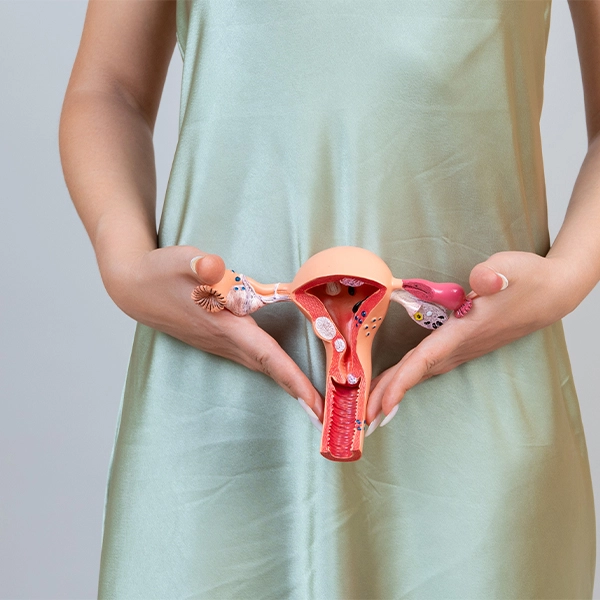
 IJCP Editorial Team
IJCP Editorial Team
Correlation of Menstrual Disorder to Body Mass Index and Physical Activity
Regular
menstruation is a fundamental indicator of women's reproductive health and
quality of life. However, menstrual disorders affect many women, which is due
to two key factors: BMI and physical activity. A study that analyzed the
relationship of these two factors to menstrual disorders found that PMS and
dysmenorrhea are the most common menstrual disorders, which are majorly
reported in obese and underweight subjects and in those with low and high
physical activity.
Hence, it is essential to understand that there is a significant relationship between menstrual disorder, BMI, and physical activity. Gynecologists should advise women to focus on a balanced, nutritious diet and engage in moderate physical activity to improve their reproductive health and quality of life.
Dwivedi D,
Singh N, Gupta U. Prevalence
of Menstrual Disorder in Women and Its Correlation to Body Mass Index and
Physical Activity. JOGI. 2024;74(1)

IJCP Editorial Team
Comprising seasoned professionals and experts from the medical field, the IJCP editorial team is dedicated to delivering timely and accurate content and thriving to provide attention-grabbing information for the readers. What sets them apart are their diverse expertise, spanning academia, research, and clinical practice, and their dedication to upholding the highest standards of quality and integrity. With a wealth of experience and a commitment to excellence, the IJCP editorial team strives to provide valuable perspectives, the latest trends, and in-depth analyses across various medical domains, all in a way that keeps you interested and engaged.















Please login to comment on this article